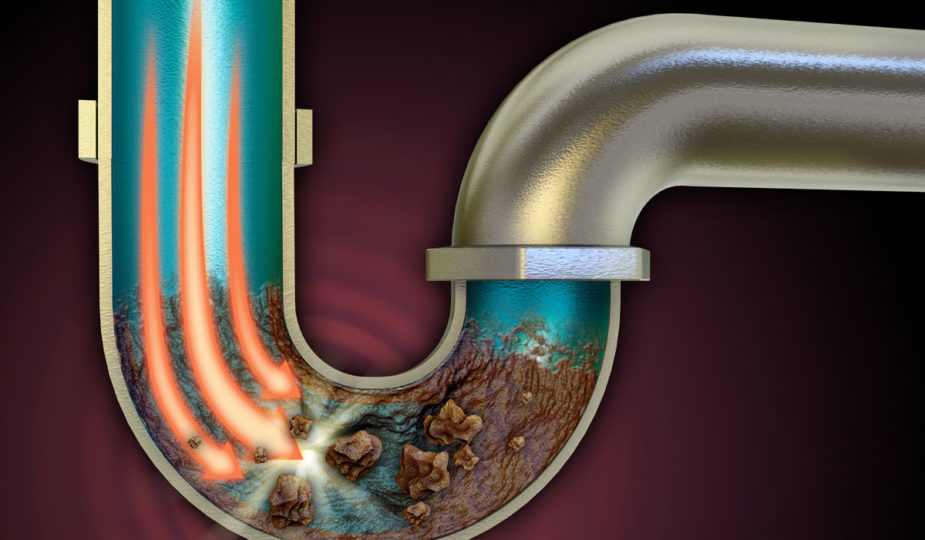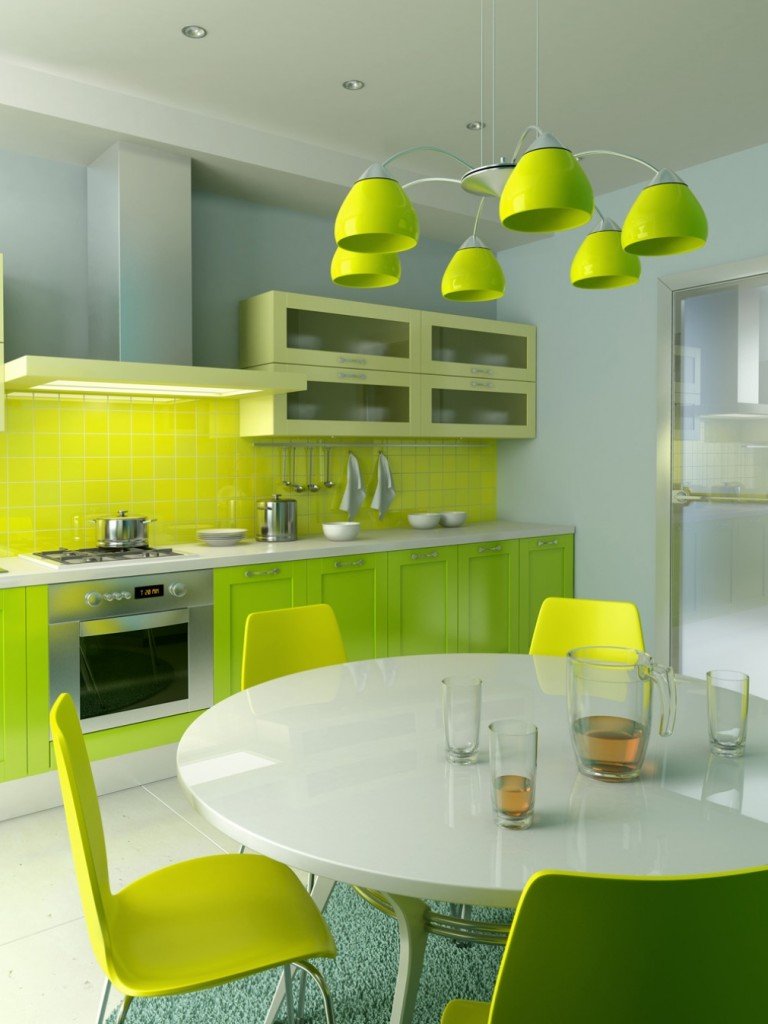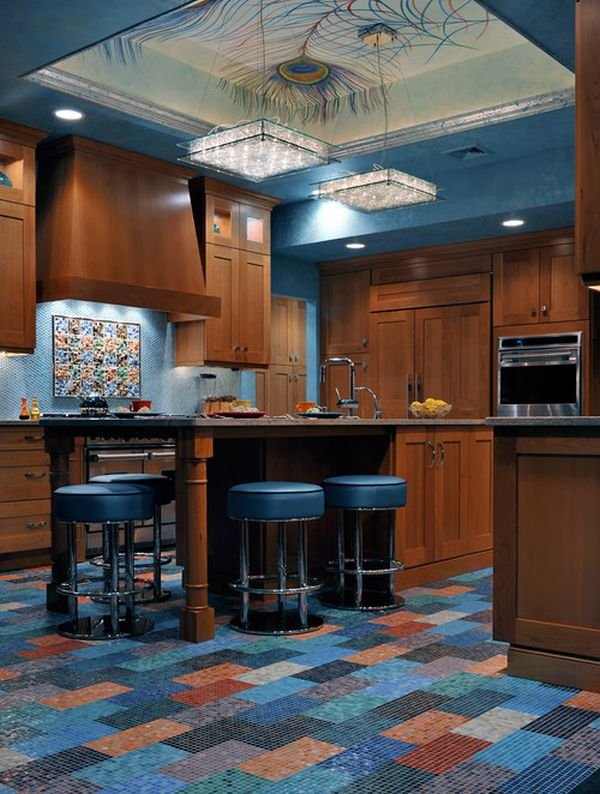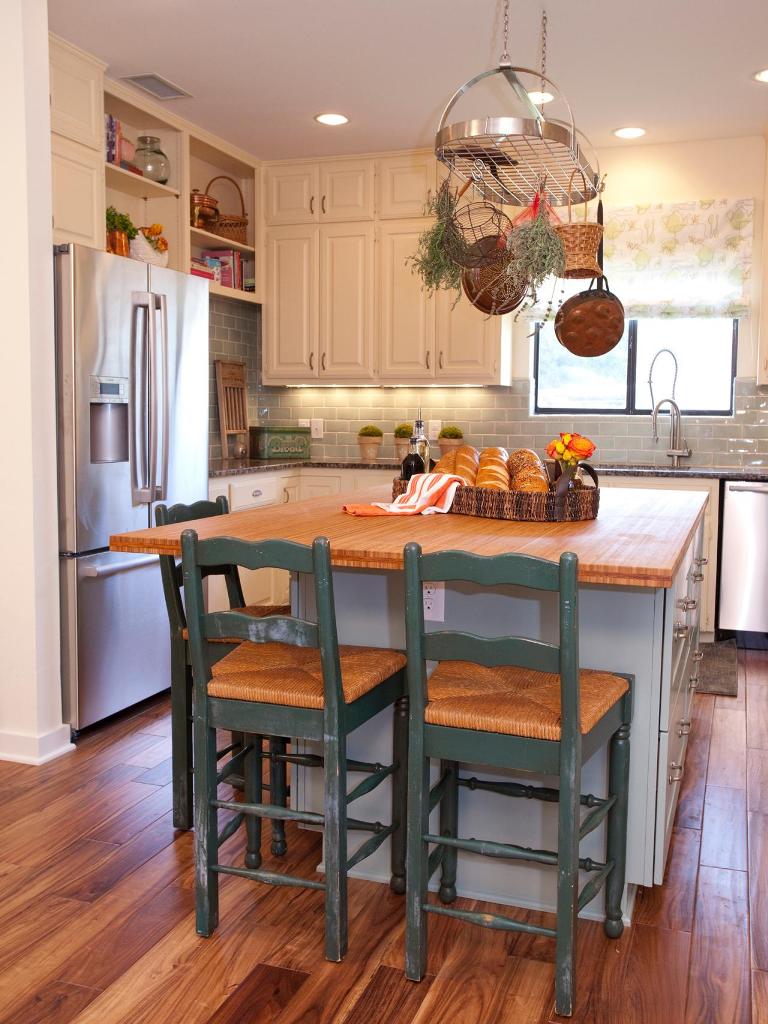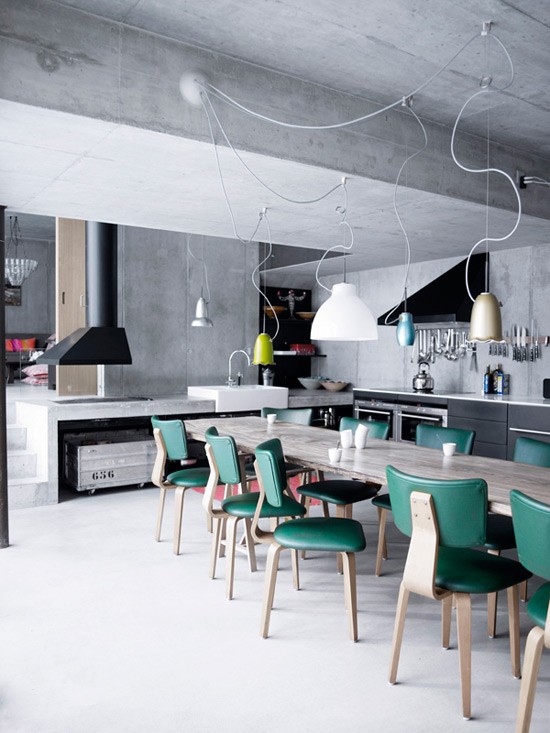Australia’s water service providers spend around $15 million each year to clear blockages. That’s a big financial burden for your municipality. But aside from the foul odours coming from your pipes, have you ever thought about the impact clogged drains could have on your own property?
A clogged drain can affect your health in many ways. The build-up of waste material in the pipes creates an ideal environment for bacteria to grow and attracts pests. This can lead to disease and allergies. If you ignore clogged drains, it can lead to leaks, burst pipes, and weaken your home’s structure and foundation. This can cost your family’s health and stress your wallet.
Now that we have your attention, we can look at the leading causes of blocked drains and how to fix them.
Tree roots
According to a Journal of Pipeline Systems Engineering and Practice study, over 50% of blockages in Australian cities are due to tree roots. In our harsh climate, plants develop extensive root systems searching for water and nutrients – both of which are abundant in our sewers. The roots spread rapidly around and inside the pipes.
If a tree is growing near your home, its roots could wrap around your water pipes. This can cause serious problems if the water line cracks, as it can allow contaminants from the surrounding soil to enter your home’s water supply. You may notice small pieces of debris in your water, a strange smell, or even a bad taste. In addition, the water pressure in your home may decrease.
What’s the solution to tree roots?
If you are looking for a way to get rid of those pesky tree roots for good, pipe relining could be the answer. In this procedure, an inflatable tube is inserted by a plumber into the pipes and inflated until it lines the inside of the pipe. The tube is then soaked in epoxy resin to keep it securely in place.
Build-up in drains
One of the most common blocked drain scenarios is caused by grease and fat build-up in your home’s pipes. The best way to avoid this is to pay attention to what you are putting down your drains. Grease and fat most commonly come from food scraps or soaps which start to harden and attach themselves to the inside walls of the pipes. Hair that ends up in the drains attracts grease and fats in the drains and worsens the blockage. Baby wipes, coffee grounds, food waste, flour, and eggshells should also be on your “never flush” list.
What’s the solution for build-up in drains?
The DIY way to clear drain clogs can be helpful as a short-term solution. Pouring boiling water down the drain breaks up the oils that are causing the blockage. A mixture of bicarbonate of soda and vinegar can also be effective.
If you have a clog that won’t budge, no matter how hard you try with a plunger, it’s probably because the blockage is deep in your pipes. In this case, you’ll need to call in a specialised plumber who will use a drain snake – also called a drain auger or plumber’s auger – to dig the clog out. A plumbing snake is a long, flexible tool that consists of a metal cable with a plastic handle and a guide. The end of the snake that is used to snag the clog has several flexible sections and replaceable tips. Your plumber can use a combination of hydrojets and drain snakes to unblock the drains.
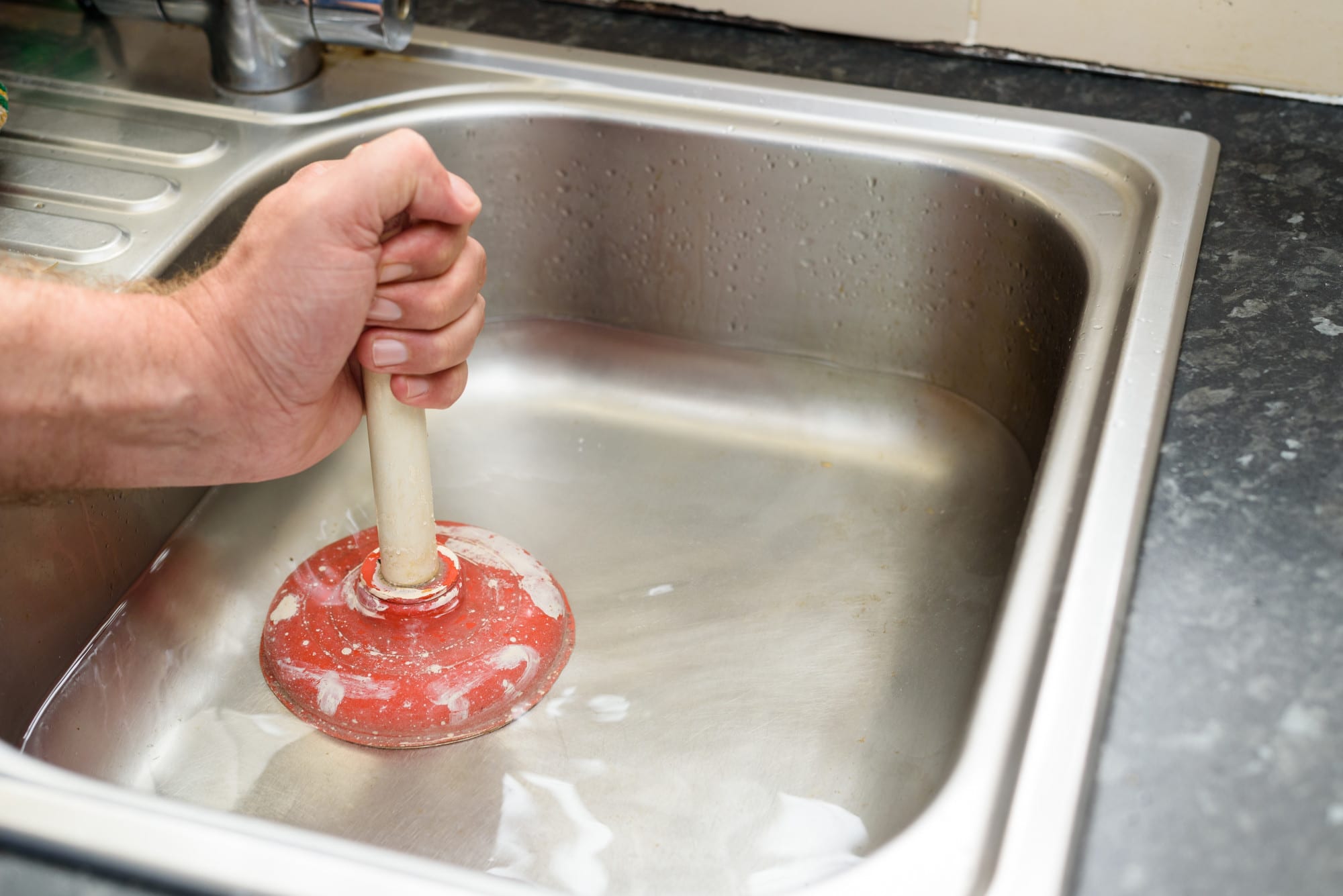
External objects that get into the drains
Drain blockages can also be caused by objects that fall into the drain from the outside. These include leaves, rocks, and debris that fall into drain grates and things people pour down drains that they should not, such as paint. These blockages can accumulate over time and eventually lead to a blocked drain. After a storm or heavy rain, drains outside your home can also become clogged from leaves, dirt, and other debris blown or swept onto your property.
What’s the solution for external objects blocking drains?
It is important to keep drains free of debris and foreign objects. To accomplish this, you should install covers over the drains. This will make it more difficult for anything to be blown into the drains or for someone to dump something in intentionally.
Structural problems with pipes
Pipe damage is a common cause of blockages and leaks. Terracotta pipes can crack and shift, while fibreglass pipes can become squashed, causing them to shrink and stop water flowing. Subsidence can also affect underground pipes.
What’s the solution for structural problems with pipes?
Your plumber may recommend a pressure washing service to clear the blockage and then repair damaged pipes if your pipes are blocked. They may also suggest inspecting the pipes on your property to rule out further problems. With the increasing popularity of do-it-yourself repairs and home renovations, poorly installed plumbing and drain pipes are also on the rise. Improperly installed pipes can shift or collapse. This can be dangerous and cause damage to your property if not fixed.
Final thoughts
When dealing with a blocked drain, the best course of action is prevention. This means that you should avoid anything that could clog your drain, such as sending objects or food into the pipes. However, you should call a professional plumber if you need an immediate solution.
The plumbing in your home is an important part of your property and should be treated with the same care and attention as any other maintenance you perform. By scheduling an annual plumbing inspection and performing regular maintenance, you can identify problems early, avoid costly emergencies and extend the life of your plumbing system.
A pipe inspection is a procedure that a plumber uses to check the condition of your pipes. A small camera is attached to a flexible cable and run through your piping system. This allows the plumber to see the inside of your pipes and identify leaks, blockages, or potential problem areas. Pipe inspections are quick and easy to perform and cause no disruption to your home.
One of the best ways to avoid costly repairs is to have your pipes inspected annually. By identifying potential problems early, you can keep your pipes functioning optimally and avoid major repairs or replacements.

